Institute of Electrical and Electronic Engineers:
The value of diversity in the renewable energy industry and research community
Life cycle assessment of transparent organic photovoltaic for window applications

Institute of Electrical and Electronic Engineers:
The value of diversity in the renewable energy industry and research community
Life cycle assessment of transparent organic photovoltaic for window applications
National Electrical Code Articles 690 and 691 provide electrical installation requirements for Owner solarvoltaic PV systems that fall under local electrical safety regulations. Access to the 2023 Edition is linked below;
Insight into the technical problems managed in the 2023 edition can be seen in the developmental transcripts linked below:
Panel 4 Public Input Report (869 pages)
Panel 4 Second Draft Comment Report (199 pages)
The IEEE Joint IAS/PES (Industrial Applications Society & Power and Energy Society) has one vote on this 21-member committee; the only pure “User-Interest” we describe in our ABOUT. All other voting representatives on this committee represent market incumbents or are proxies for market incumbents; also described in our ABOUT.
The 2026 National Electrical Code has entered its revision cycle. Public input is due September 7th.
We maintain these articles, and all other articles related to “renewable” energy, on the standing agenda of our Power and Solar colloquia which anyone may join with the login credentials at the upper right of our home page. We work close coupled with the IEEE Education & Healthcare Facilities Committee which meets 4 times monthly in American and European time zones; also open to everyone.
Project Introduction for the 2028 Edition (2:39 minutes)
Changes proposals for the Edition will be received until 15 May 2024
Project Workspace: Update Data Tables in IEEE Recommended Practice for the Design of Reliable Industrial and Commercial Power Systems
Federal Energy Regulatory Commission: Electrical Resource Adequacy
The standard of care for electrical safety at high and low voltage is set by both the NEC and the NESC. There are gaps, however (or, at best “gray areas”) — the result of two technical cultures: utility power culture and building fire safety culture. There is also tradition. Local system conditions and local adaptation of regulations vary. Where there is a gap; the more rigorous requirement should govern safety of the public and workers.
The 2023 National Electrical Safety Code (NESC)– an IEEE title often mistaken for NFPA’s National Electrical Code (NEC) — was released for public use about six months ago; its normal 5-year revision cycle interrupted by the circumstances of the pandemic. Compared with the copy cost of the NEC, the NESC is pricey, though appropriate for its target market — the electric utility industry. Because the 2023 revision has not been effectively “field tested” almost all of the available support literature is, effectively, “sell sheets” for pay-for seminars and written by authors presenting themselves as experts for the battalions of litigators supporting the US utility industry. Without the ability to sell the NESC to prospective “insiders” the NESC would not likely be commercial prospect for IEEE. As the lawsuits and violations and conformance interests make their mark in the fullness of time; we shall see the 2023 NESC “at work”.
Office of the President: Economic Benefits of Increasing Electric Grid Resilience to Weather Outages
Change Proposals are now being accepted from the public for revisions to the 2023 Edition of the National Electrical Safety Code® #NESC through 15 May 2024.
Learn more: https://t.co/jbxWtLPS6r pic.twitter.com/FRvZly1DoH
— IEEE Standards Association | IEEE SA (@IEEESA) April 11, 2024
“Science can amuse and fascinate us all, but it is engineering that changes the world.”
– Isaac Asimov pic.twitter.com/IDl3dWLVgn— World of Engineering (@engineers_feed) February 26, 2024
Research Tracks:
Standards:
Presentation | FERC-NERC-Regional Entity Joint Inquiry Into Winter Storm Elliott
IEEE Guide for Joint Use of Utility Poles with Wireline and/or Wireless Facilities
NESC Rule 250B and Reliability Based Design
NESC Requirements (Strength and Loading)
Engineering Analysis of Possible Effects of 2017 NESC Change Proposal to Remove 60′ Exemption
Joint Use of Electric Power Transmission & Distribution Facilities and Equipment
A Framework to Quantify the Value of Operational Resilience for Electric Power Distribution Systems
Technologies for Interoperability in Microgrids for Energy Access
National Electrical Safety Code: Revision Cycles 1993 through 2023
February 24, 2023
The new code goes into effect 1 February 2023, but is now available for access on IEEE Xplore! Produced exclusively by IEEE, the National Electrical Safety Code (NESC) specifies best practices for the safety of electric supply and communication utility systems at both public and private utilities. The bibliography is expanding rapidly:
NESC 2023: Introduction to the National Electrical Safety Code
NESC 2023: Safety Rules for Installation and Maintenance of Overhead Electric Supply
NESC 2023: Rules for Installation and Maintenance of Electric Supply Stations
October 31, 2022
The IEEE NESC technical committee has released a “fast track” review of proposed changes to fault-managed power system best practice:
CP5605 Provides a definition of new Fault Managed Power System (FMPS) circuits used for the powering of
communications equipment clearly defines what constitutes a FMPS circuit for the purposes of application of the NESC
Rules of 224 and 344
https://ieee-sa.imeetcentral.com/p/eAAAAAAASPXtAAAAADhMnPs
CP5606 Provides new definitions of Communication Lines to help ensure that Fault Managed Power Systems (FMPS)
circuits used for the exclusive powering of communications equipment are clearly identified as communications lines
and makes an explicit connection to Rule 224B where the applicable rules for such powering circuits are found.
https://ieee-sa.imeetcentral.com/p/eAAAAAAASPXpAAAAAFfvWIs
CP5607 The addition of this exception permits cables containing Fault Managed Power System (FMPS) circuits used for
the exclusive powering of communications equipment to be installed without a shield.
https://ieee-sa.imeetcentral.com/p/eAAAAAAASPXuAAAAAEEt3p4
CP5608 The addition of this exception permits cables containing Fault Managed Power System (FMPS) circuits used for
the exclusive powering of communications equipment to be installed without a shield.
https://ieee-sa.imeetcentral.com/p/eAAAAAAASPXvAAAAAGrzyeI
We refer them to the IEEE Education & Healthcare Facilities Committee for further action, if any.
August 5, 2022
We collaborate closely with the IEEE Education & Healthcare Facilities Committee (IEEE E&H) to negotiate the standard of care for power security on the #SmartCampus since many campus power systems are larger than publicly regulated utilities. Even when they are smaller, the guidance in building the premise wiring system — whether the premise is within a building, outside the building (in which the entire geography of the campus footprint is the premise), is inspired by IEEE Standards Association administrated technical committees.
Today we begin a list of noteworthy changes to be understood in the next few Power colloquia. See our CALENDAR for the next online meeting.
After "slipping a pole" in its revision cadence (owed to the circumstances of the pandemic) the 2023 NESC is rolling out for incorporation by reference into public safety laws relevant to education communities with #WiseCampus ambitions.@ieee_pes @IEEESAhttps://t.co/7EaTBgxa8X pic.twitter.com/jPvZNYzWBi
— IEEECampus (@IEEECampus) August 5, 2022
February 18, 2021
Several proposals recommending improvements to the 2017 National Electrical Safety Code (NESC) were submitted to the IEEE subcommittees drafting the 2022 revision of the NESC. Some of the proposals deal with coordination with the National Electrical Code — which is now in its 2023 revision cycle. Keep in mind that that NESC is revised every 5 years at the moment; the NEC is revised every 3 years.
The original University of Michigan standards advocacy enterprise has been active in writing the NESC since the 2012 edition and set up a workspace for use by electrical professionals in the education industry. We will be using this workspace as the 2022 NESC continues along its developmental path:
The revision schedule — also revised in response to the circumstances of the pandemic — is linked below::
NESC 2023 Edition Revision Schedule*
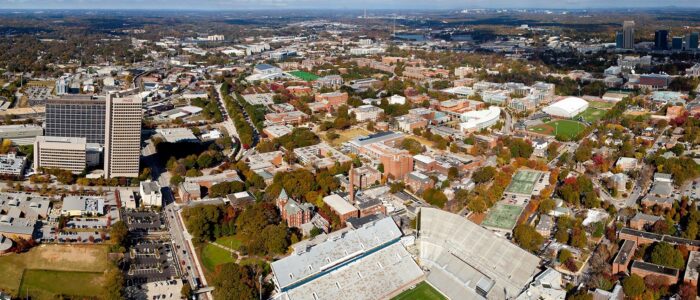
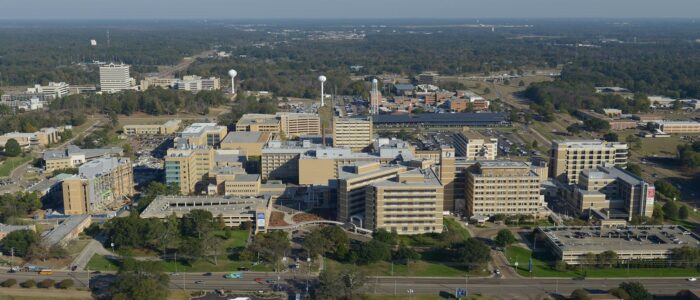
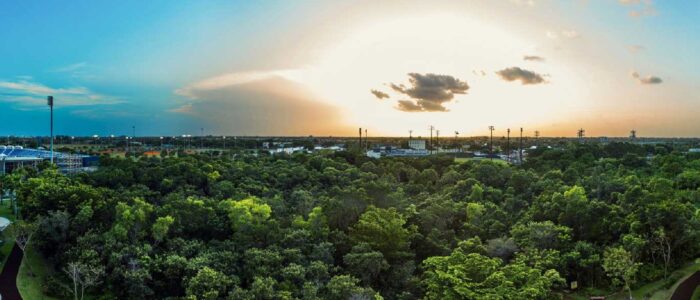
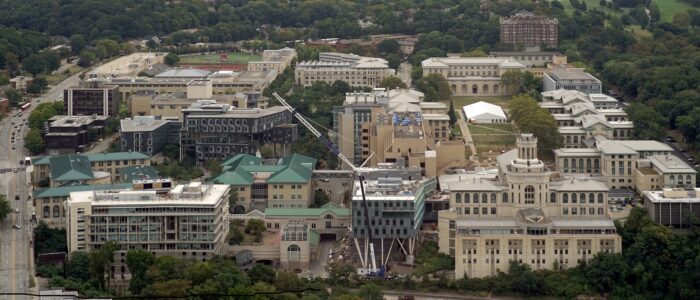
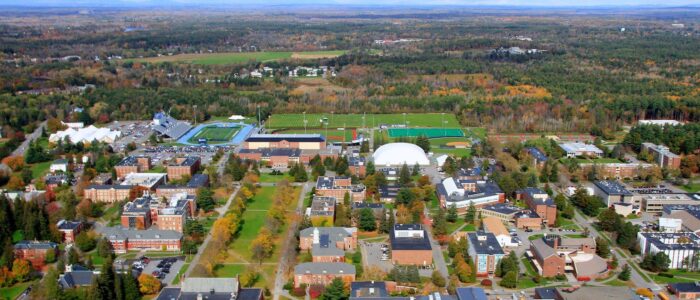
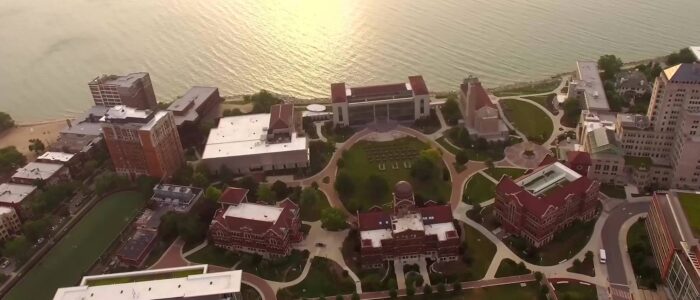
The NESC is a standing item on the 4-times monthly teleconferences of the IEEE Education & Healthcare Facilities committee. The next online meeting is shown on the top menu of the IEEE E&H website:
We have a copy of the first draft of the 2023 NESC and welcome anyone to join us for an online examination during any of Power & ICT teleconferences. See our CALENDAR for the next online meeting.
Business unit leaders, facility managers and electrical engineers working in the education facilities industry may be interested in the campus power system reliability database. Forced outages on large research campuses, for example, can have enterprise interruption cost of $100,000 to $1,000,000 per minute. The campus power system forced outage database discriminates between forced outages attributed to public utility interruptions and forced outages attributed to the university-owned power system. The E&H committee will convey some of the discipline applied by the IEEE 1366 technical committee into its study of campus power systems and, ultimately, setting a benchmark for the standard of care for large university power systems.
* The IEEE changed the nominal date of the next edition; likely owed to pandemic-related slowdown typical for most standards developing organizations.
Issue: [16-67]
Contact: Mike Anthony, Robert G. Arno, Lorne Clark, Nehad El-Sharif, Jim Harvey, Kane Howard, Joe Weber, Guiseppe Parise, Jim Murphy
Category: Electrical, Energy Conservation & Management, Occupational Safety
ARCHIVE: University of Michigan Advocacy in the NESC 2007 – 2017
The 2023 National Electrical Safety Code (#NESC) will be published this August. Stay tuned for new resources from #IEEE coming soon! Read about the upcoming changes here:https://t.co/VLXCNaf74S
— IEEE Educational Activities (@IEEEeducation) June 8, 2022
LEARN MORE:
P1366 – Guide for Electric Power Distribution Reliability Indices
University Design Guidelines that reference the National Electrical Safety Code
“When buying and selling are controlled by legislation,
the first things to be bought and sold are legislators.”
— P.J. O’Rourke
Transmission Planning Using a Reliability Criterion
In power system engineering, availability and reliability are two important concepts, but they refer to different aspects of the system’s performance.
Reliability:
Reliability focuses on the likelihood of failure and the ability of the system to sustain operations over time, while availability concerns the actual uptime and downtime of the system, reflecting its readiness to deliver power when required. Both concepts are crucial for assessing and improving the performance of power systems, but they address different aspects of system behavior.
November 2023 Highlights | FERC insight | Volume 10
Determining System and Subsystem Availability Requirements: Resource Planning and Evaluation
Comment: These 1-hour sessions tend to be administrative in substance, meeting the minimum requirements of the Sunshine Act. This meeting was no exception. Access to the substance of the docket is linked here.
Noteworthy: Research into the natural gas supply following Winter Storm Elliot.
UPDATED POLICIES ON U.S. DECARBONIZATION AND TECHNOLOGY TRANSITIONS![]()
June 15:FERC Finalizes Plans to Boost Grid Reliability in Extreme Weather Conditions
On Monday June 13th, Federal Energy Regulatory Commission commissioners informed the House Committee on Energy and Commerce that the “environmental justice” agenda prohibits reliable dispatchable electric power needed for national power security. One megawatt of natural gas generation does not equal one megawatt of renewable generation. The minority party on the committee — the oldest standing legislative committee in the House of Representatives (established 1795) — appears indifferent to the reliability consequences of its policy.
Joint Federal-State Task Force on Electric Transmission
“Our nation’s continued energy transition requires the efficient development of new transmission infrastructure. Federal and state regulators must address numerous transmission-related issues, including how to plan and pay for new transmission infrastructure and how to navigate shared federal-state regulatory authority and processes. As a result, the time is ripe for greater federal-state coordination and cooperation.”
Bibliography:
Natural Gas Policy Act of 1978
Glossary of Terms Used in NERC Reliability Standards
The Major Questions Doctrine and Transmission Planning Reform
As utilities spend billions on transmission, support builds for independent monitoring
States press FERC for independent monitors on transmission planning, spending as Southern Co. balks
Related:
At the July 20th meeting of the Federal Energy Regulatory Commission Tristan Kessler explained the technical basis for a Draft Final Rule for Improvements to Generator Interconnection Procedures and Agreements, On August 16th the Commission posted a video reflecting changes in national energy policy since August 14, 2003; the largest blackout in American history.
ANSI Standards Action Weekly Edition
The American Society of Heating, Refrigerating, and Air Conditioning Engineers (ASHRAE) is an ANSI-accredited continuous-maintenance standards developer (a major contributor to what we call a regulatory product development “stream”). Continuous maintenance means that changes to its consensus products can change in as little as 30 days so it is wise to keep pace.
Among the leading titles in its catalog is ASHRAE 90.1 Energy Standard for Sites and Buildings Except Low-Rise Residential Buildings. Standard 90.1 has been a benchmark for commercial building energy codes in the United States and a key basis for codes and standards around the world for more than 35 years. Free access to ASHRAE 90.1 version is available at the link below:
READ ONLY Version of 2022 ASHRAE 90.1
Redlines are released at a fairly brisk pace — with 30 to 45 day consultation periods. A related title — ASHRAE 189.1 Standard for the Design of High Performance Green Buildings — first published in 2009 and far more prescriptive in its scope heavily references parent title 90.1 so we usually them as a pair because 189.1 makes a market for green building conformance enterprises. Note the “extreme prescriptiveness” (our term of art) in 189.1 which has the practical effect of legislating engineering judgement, in our view.
25 January 2023: Newly Released ASHRAE 90.1-2022 Includes Expanded Scope For Building Sites
ASHRAE committees post their redlines at the link below:
Online Standards Actions & Public Review Drafts
At least two energy/building enclosure related redlines are open for consultation through May 27th.
Education industry facility managers, energy conservation workgroups, sustainability officers, electric shop foreman, electricians and front-line maintenance professionals who change lighting fixtures, maintain environmental air systems are encouraged to participate directly in the ASHRAE consensus standard development process.
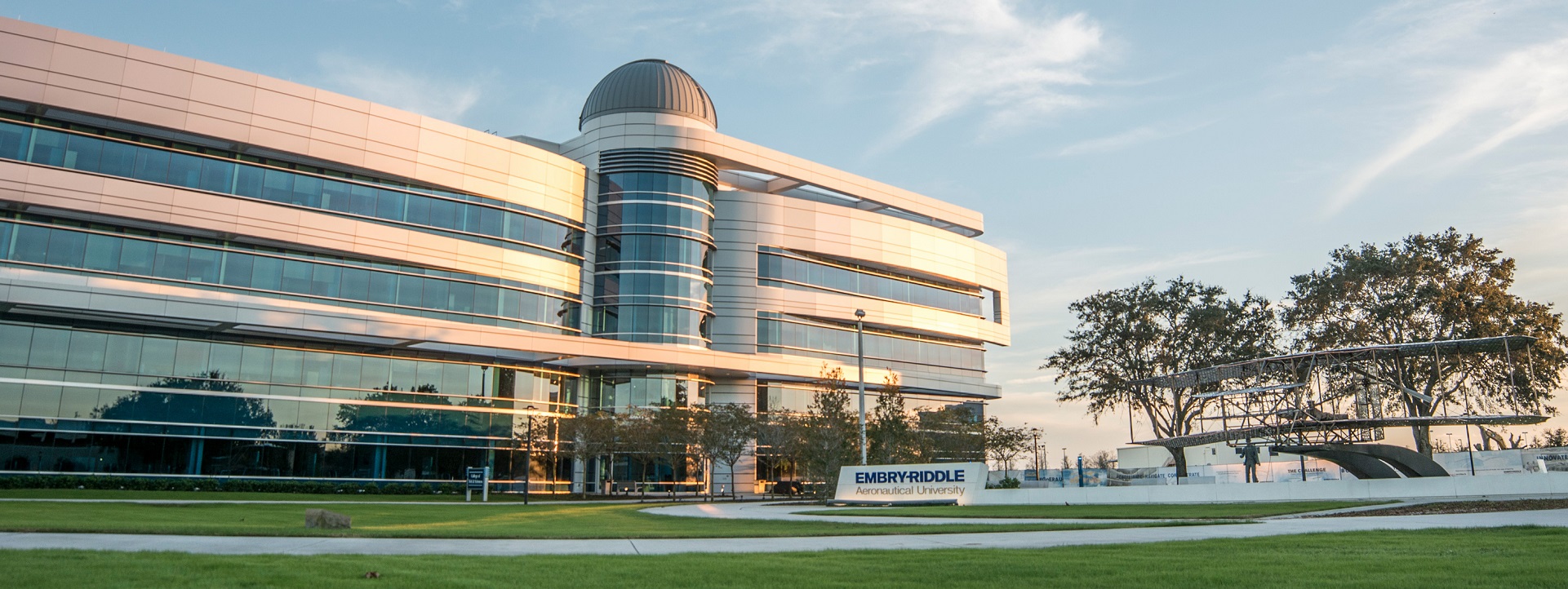
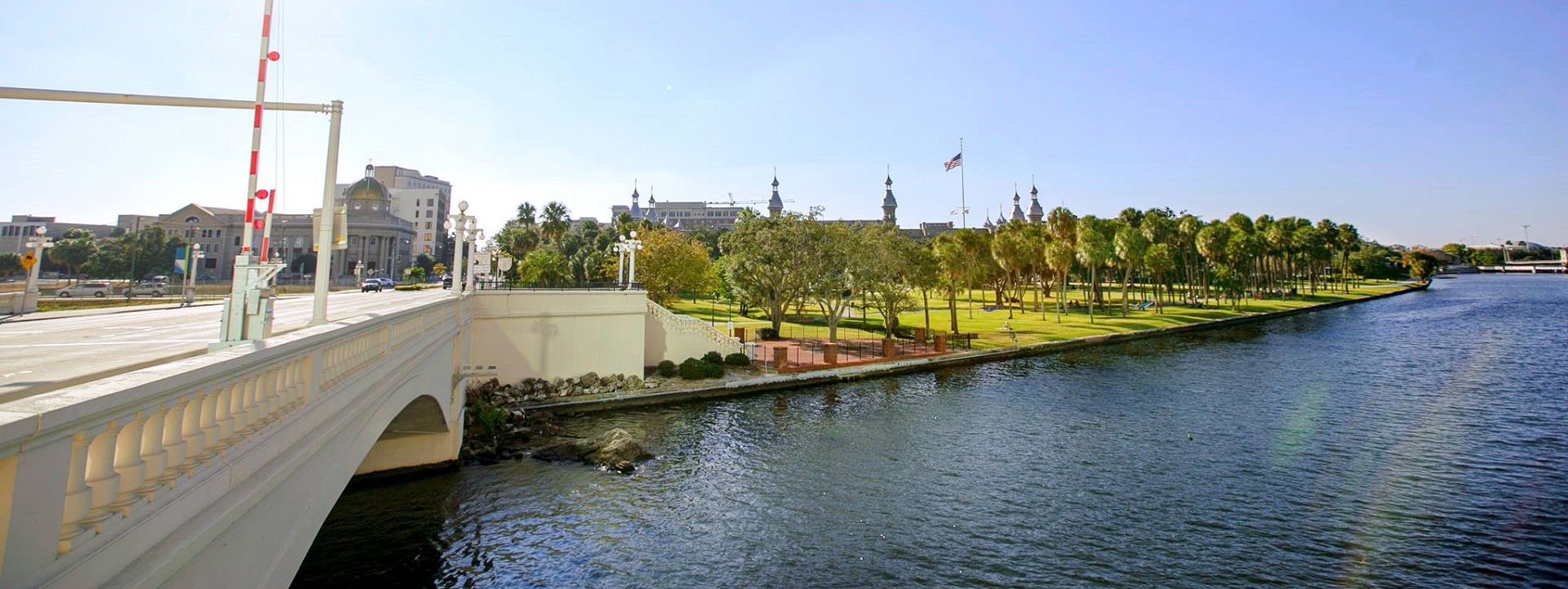
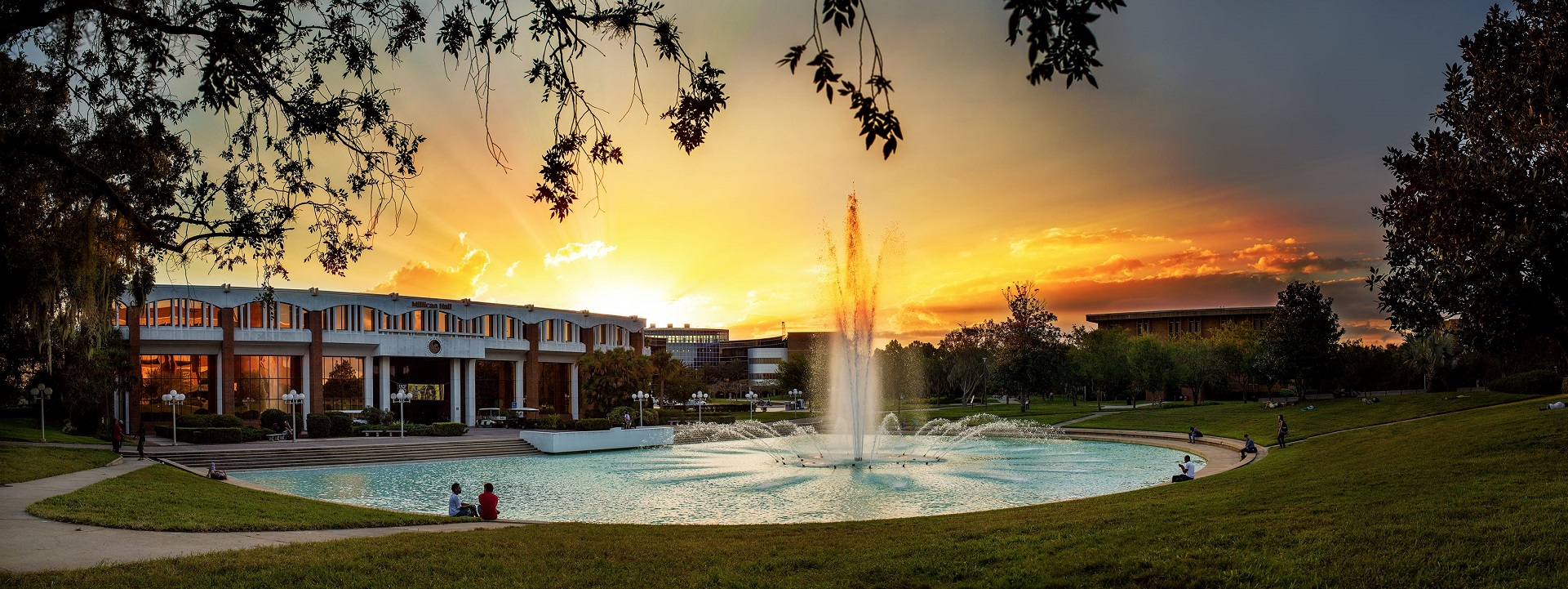
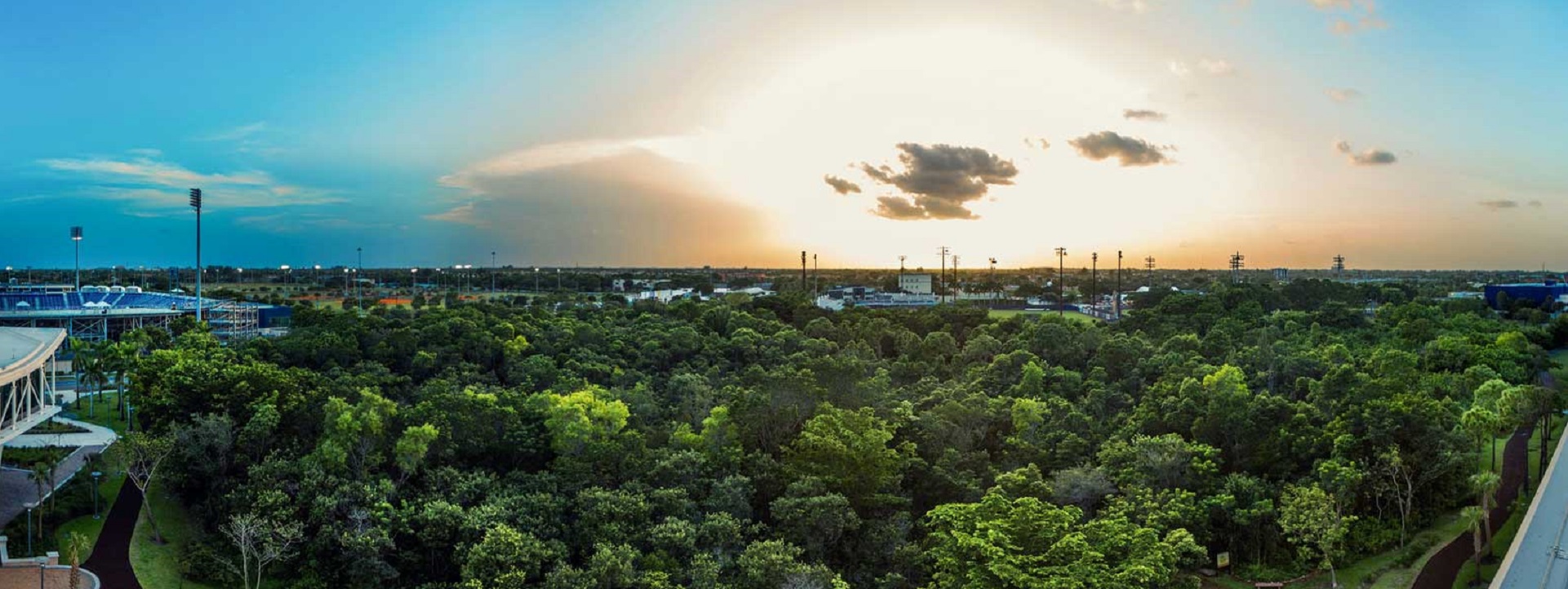
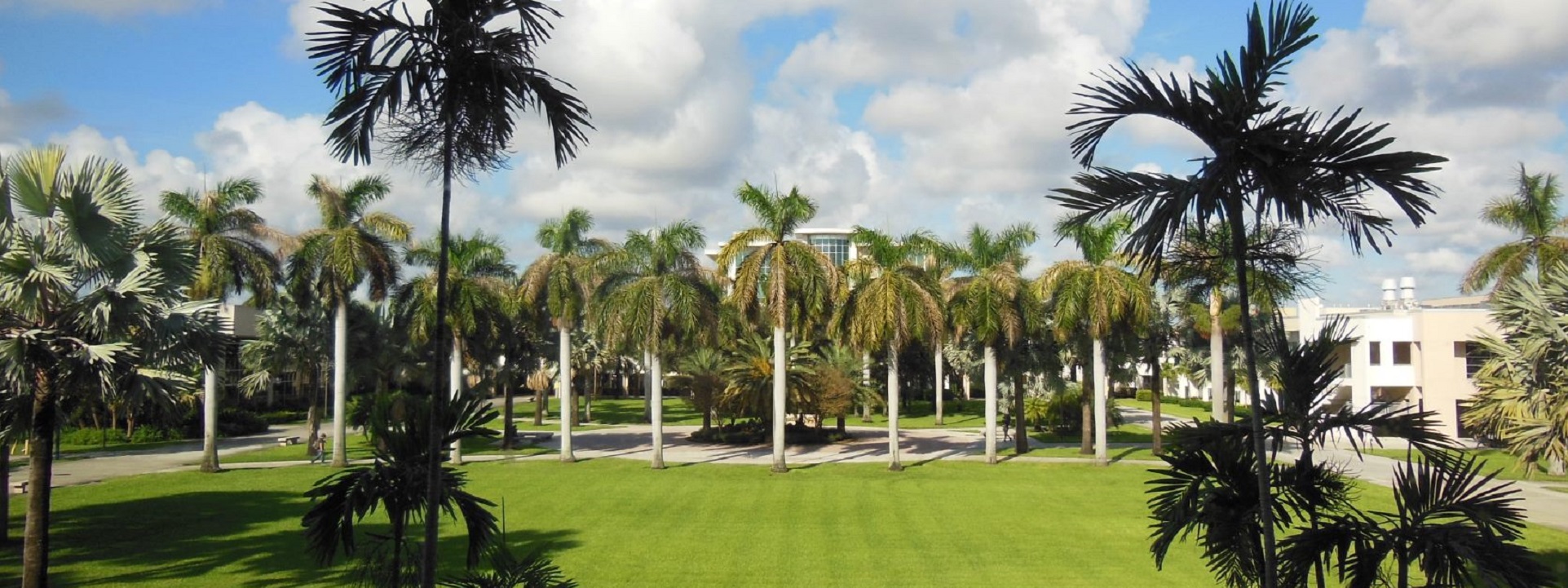
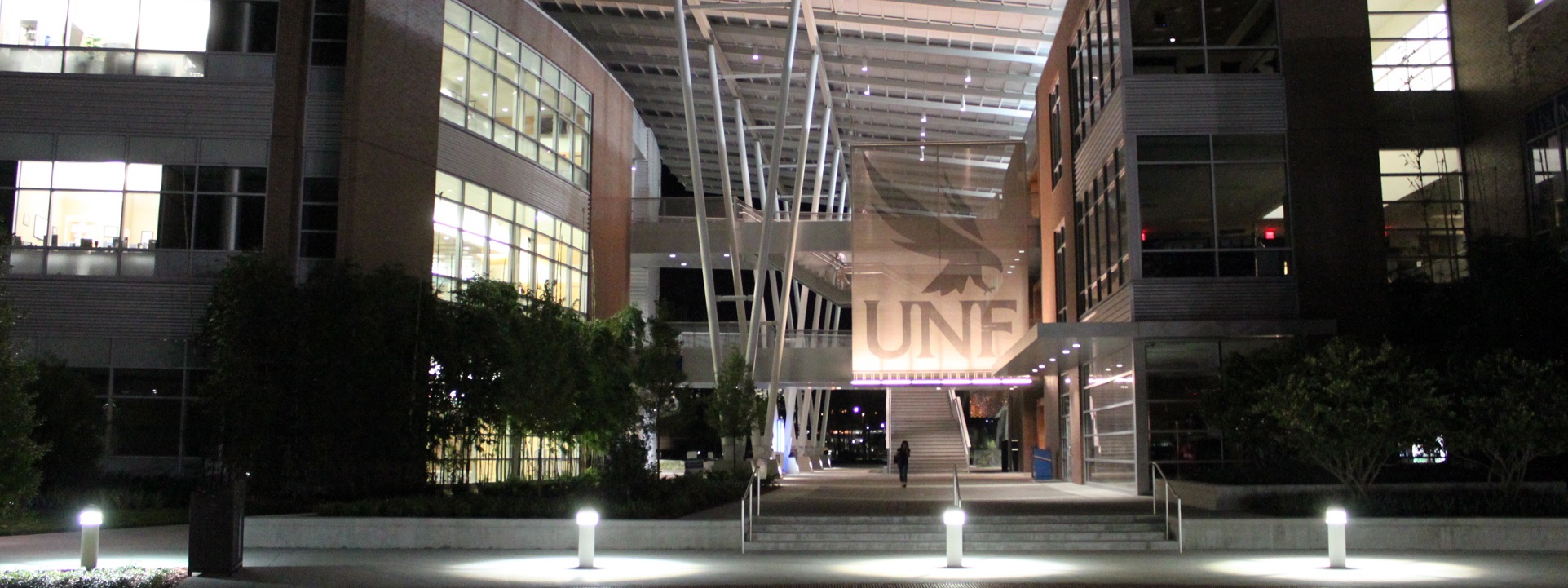
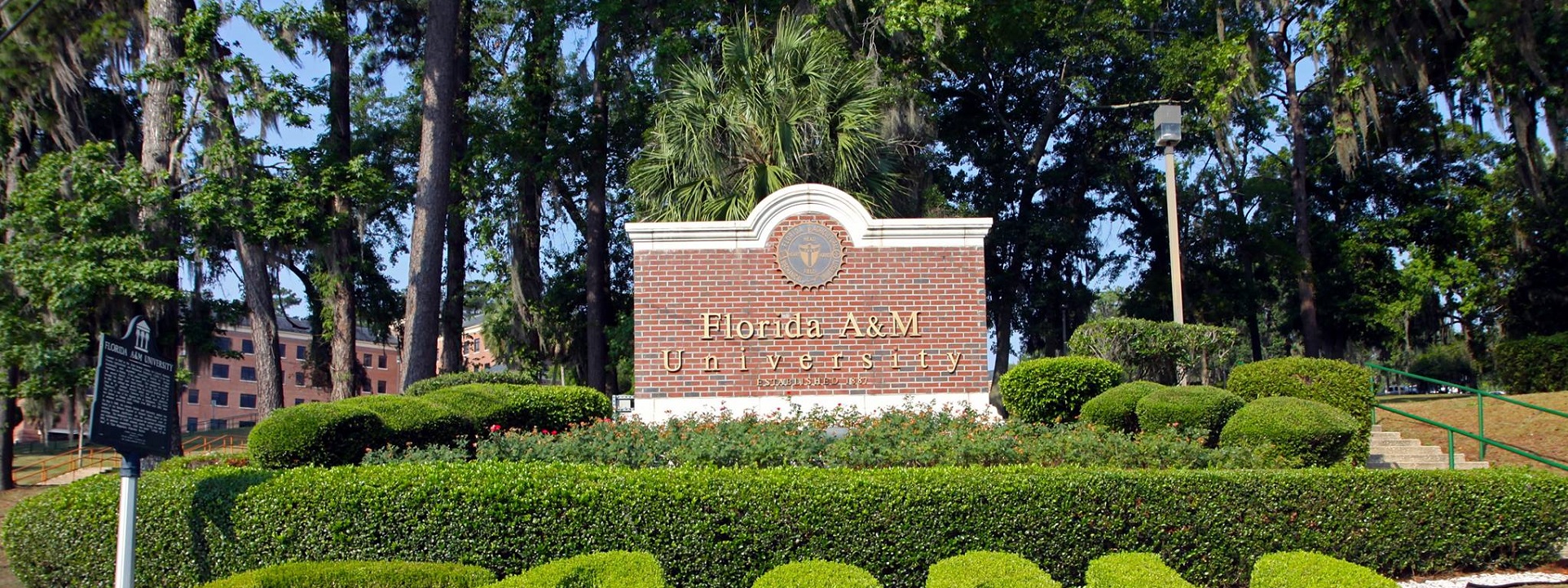
We also maintain ASHRAE best practice titles as standing items on our Mechanical, Water, Energy and Illumination colloquia. See our CALENDAR for the next online meeting; open to everyone.
Issue: [Various]
Category: Mechanical, Electrical, Energy Conservation, Facility Asset Management, US Department of Energy, #SmartCampus
Colleagues: Mike Anthony, Larry Spielvogel, Richard Robben
Under Construction: ASHRAE WORKSPACE
More
ARCHIVE 2002-2016 / ASHRAE 90.1 ENERGY STANDARD FOR BUILDINGS
US Department of Energy Building Energy Codes Program
Laken Riley Act passes 251-170, with 37 Democrats joining all Republicans in support
The murder of Laken Riley occurred on February 22, 2024, in Athens, Georgia. Laken Riley, a 22-year-old nursing student at Augusta University, disappeared when she was jogging at the University of Georgia (UGA). Her body was found near a lake of a wooded area at UGA; her death was caused by blunt force trauma. The police described Riley’s killing as a “crime of opportunity”, and that no murder had been committed at UGA in almost 30 years; a gap filled by the open border policy of Democrat President Joseph Biden, Homeland Secretary Alejandro Mayorkas and chain of Democrat District Attorney’s who let the perpetrator run free.
The murder has international news, generating extensive media attention — though not nearly as much as the George Floyd tragedy and the Black Lives Matter zietgeist — sparking debate over illegal immigration in United States after U.S. Immigration and Customs Enforcement (ICE) confirmed that Ibarra is a Venezuelan illegal immigrant who is not a U.S. citizen and was caught crossing the border but released back into the United States
Jose Antonio Ibarra, a 26-year-old Venezuelan citizen who entered the US illegally, was arrested by UGA police and has been charged with felony murder, false imprisonment, and kidnapping.[4] Ibarra lived about 1 mile (1.6 km) from the area where Riley’s body was found..
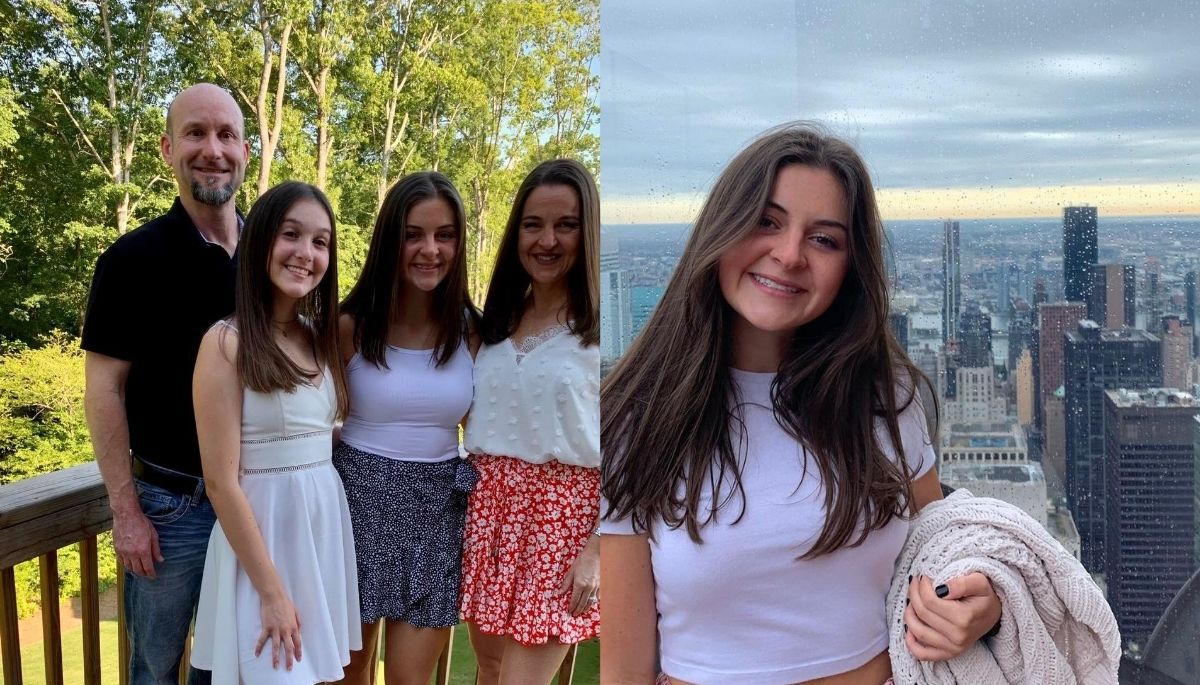
European leaders are indifferent to the rape and murder of their young women by migrant men also:
It happened again. Another European girl was killed at the hands of a migrant in Vienna and she wasn’t the first one this week. And tomorrow it will happen again, because white lives don’t matter to our globalist leaders.
But they matter to me, so I’m making you a promise. 👇🏻 pic.twitter.com/fAS93ux8CQ
— Eva Vlaardingerbroek (@EvaVlaar) March 6, 2024
“But what is government itself but the greatest of all reflections on human nature? If men were angels, no government would be necessary. If angels were to govern men, neither external nor internal controls on government would be necessary. In framing a government which is to be administered by men over men, the great difficulty lies in this: you must first enable the government to control control the governed; and in the next place oblige it to control itself.” — James Madison, Federalist 51
Relevant Federal Executive & Legislative Committees
House of Representatives: Committee on Education & the Workforce
Senate: Committee on Health, Education, Labor and Pensions
SCOTUS: West Virginia, et al. v. Environmental Protection Agency
H.R. 221: Expand Pell Grant eligibility to certain trade schools
H.R. 193: Teach Relevant Apprenticeships to Drive Economic Success Act
H.R. 302: Energy Cybersecurity University Leadership Act of 2023
The University Campus As A Designed Work and an Artefact of Cultural Heritage
Today we walk through literature governing the safety and sustainability of the open space features of education community estates. Unlike the titles for the building envelope, which are known to most design professionals and contractors, the standards for grounds and landscaping are widely scattered; many of them occupational safety related; created, administered and enforced by units of government.
During the fair seasons we examine the moment in landscape, garden, tree and water literature. We also track titles about the reclamation of building roofs for permeable surfaces and gardens.
During the winter months in the northern hemisphere we include snow and ice management; while covering summer month technologies for southern hemisphere (and vice-versa). Snowfalls in the southern hemisphere are mainly contained to the highlands and mountain ranges, which are almost exclusively in Victoria and Southern New South Wales, as well as the mountains in Tasmania. Winter does not pose as much of a cost burden to education facilities in the southern hemisphere as it does in the northern hemisphere.
|
Landscape standards refer to guidelines or regulations that specify the requirements for the design, installation, and maintenance of outdoor spaces such as parks, gardens, streetscapes, and public spaces. Landscape standards typically cover various aspects of landscape design, including vegetation selection, planting arrangements, irrigation systems, hardscape materials, and lighting. These standards may be set by government agencies at the federal, state, or local level, or by professional organizations such as the American Society of Landscape Architects (ASLA). Landscape standards aim to ensure that outdoor spaces are safe, functional, and aesthetically pleasing while also promoting sustainability and environmental protection. Landscape standards may also address issues such as accessibility for people with disabilities, water conservation, stormwater management, and erosion control. They may vary depending on the specific location, climate, and intended use of the outdoor space. Compliance with landscape standards may be required for approval of development projects, public funding, or other permits. |
We track the standards catalog of two ANSI-accredited standards developers:
Tree Care Industry Association
Additional practice titles applicable to accessory systems:
ASABE/ICC 802 Landscape Irrigation Sprinkler and Emitter Standard
National Electrical Code: Article 411 Low-Voltage Lighting
National Electrical Code: Article 225: Outside Branch Circuits and Feeders
Illumination Engineering Society (Lighting Library)
Land F/X: Landscape Lighting, Codes, Guidelines and Techniques
OSHA Landscape and Horticultural Services
As a cross-cutting subject involving soil and water and sun many other standards developers, and all levels of government, produce best practice literature for today’s topic. We’ll have a look at what’s moving among those.
To join us use the login credentials at the upper right of our home page.


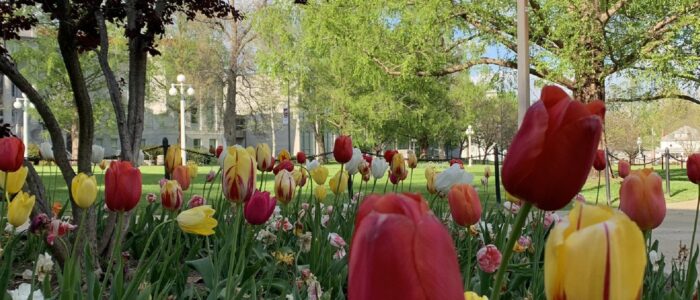
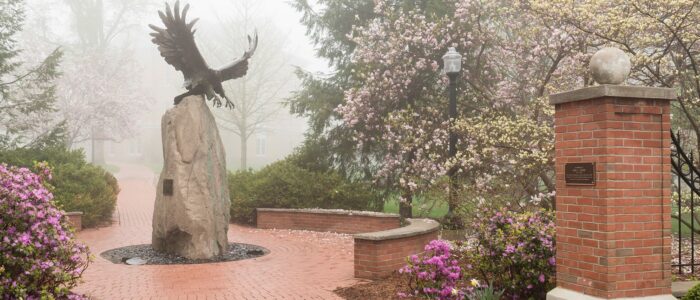
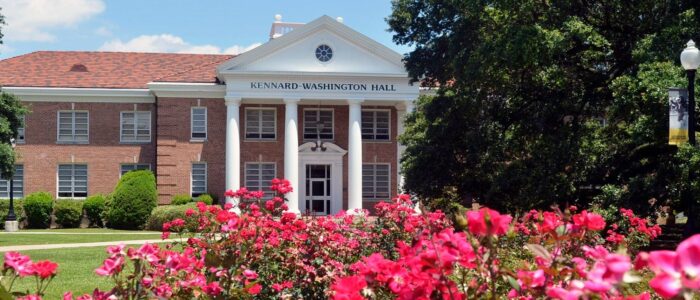
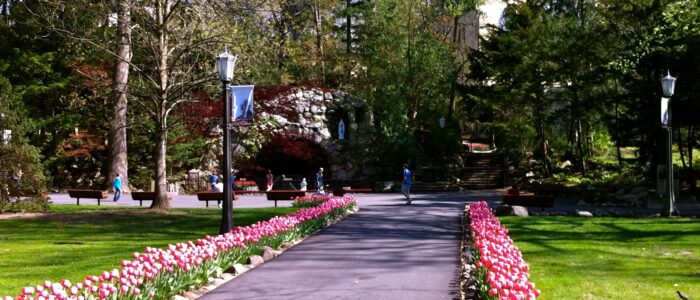

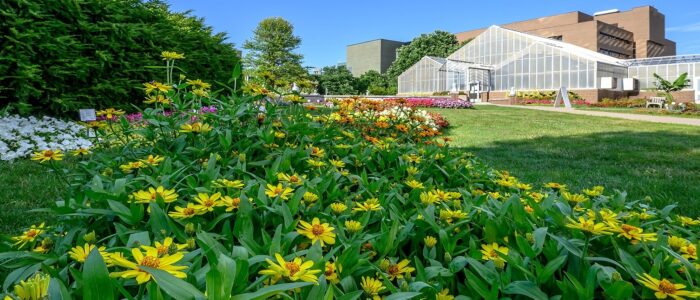
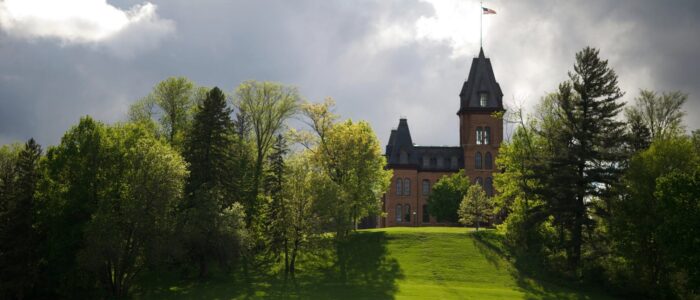
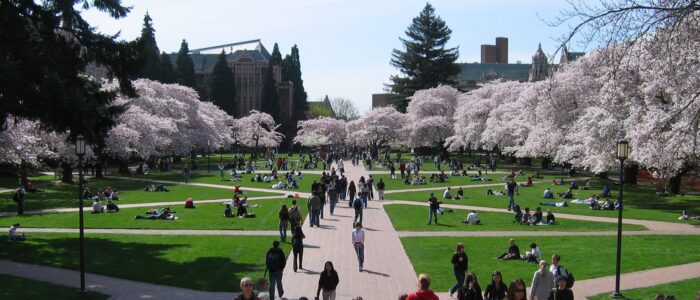
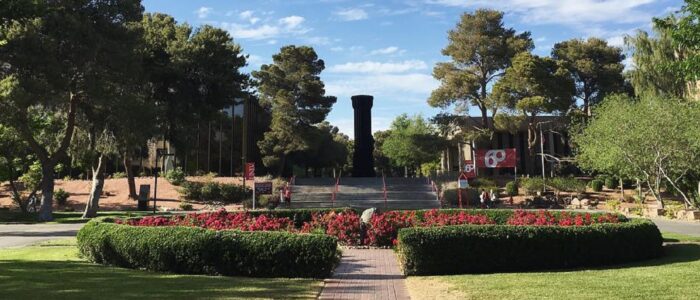

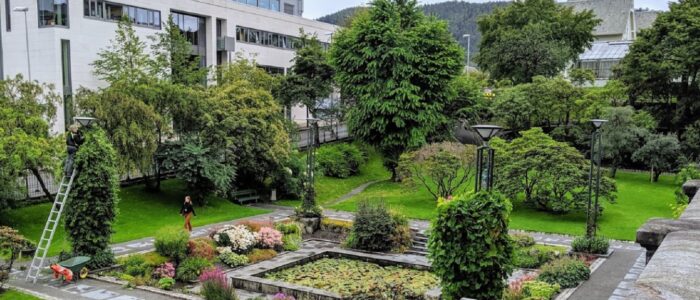
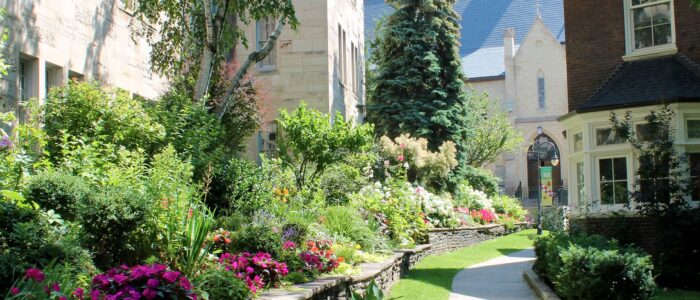
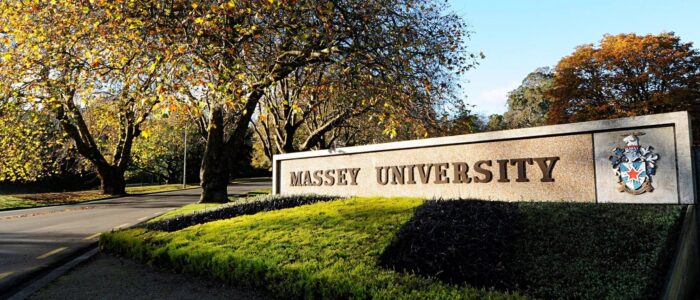
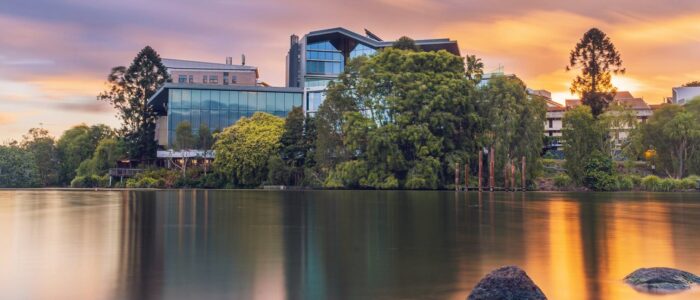
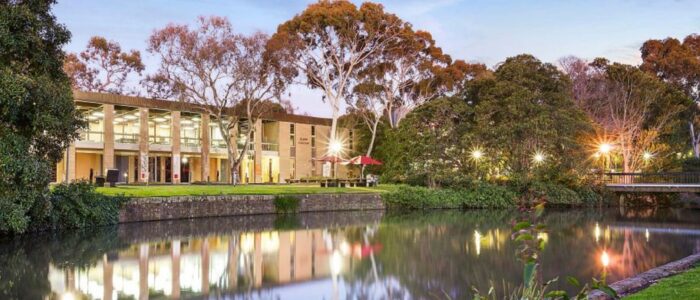
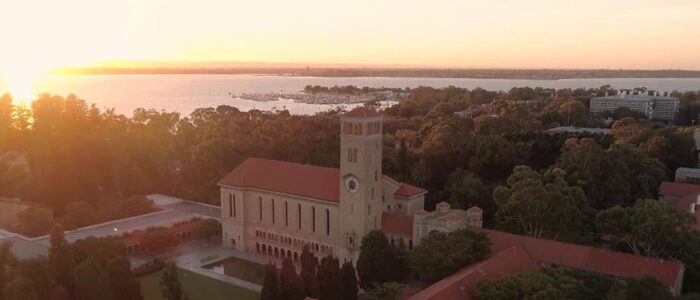
The World Soil Museum hosts a range of educational programs and workshops for students, researchers, and other visitors who are interested in learning more about soil science. These programs cover topics such as soil classification, soil management, and soil conservation, and they are designed to help people understand the vital role that soils play in supporting agriculture, ecosystems, and human societies around the world.
New update alert! The 2022 update to the Trademark Assignment Dataset is now available online. Find 1.29 million trademark assignments, involving 2.28 million unique trademark properties issued by the USPTO between March 1952 and January 2023: https://t.co/njrDAbSpwB pic.twitter.com/GkAXrHoQ9T
— USPTO (@uspto) July 13, 2023
Standards Michigan Group, LLC
2723 South State Street | Suite 150
Ann Arbor, MI 48104 USA
888-746-3670
